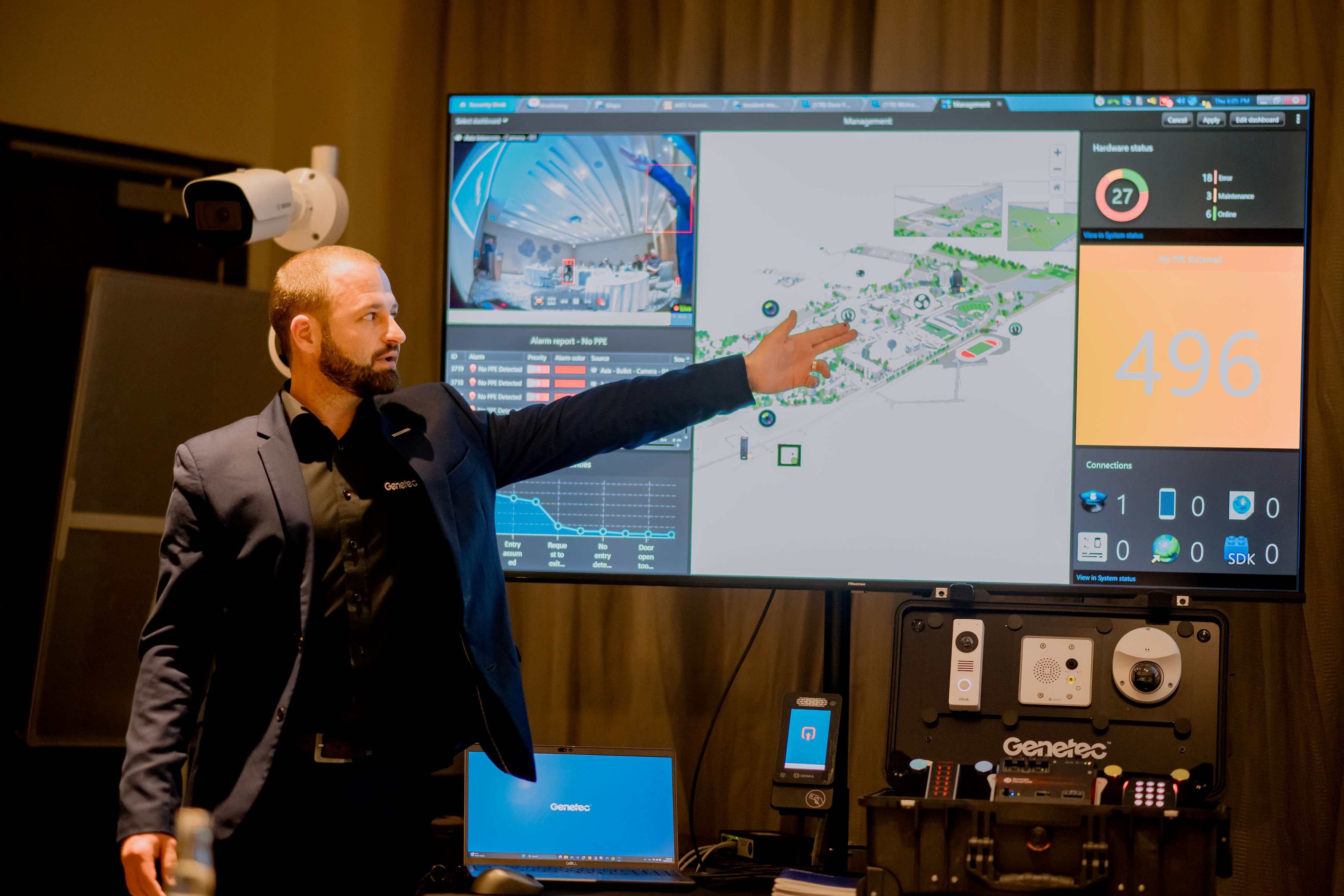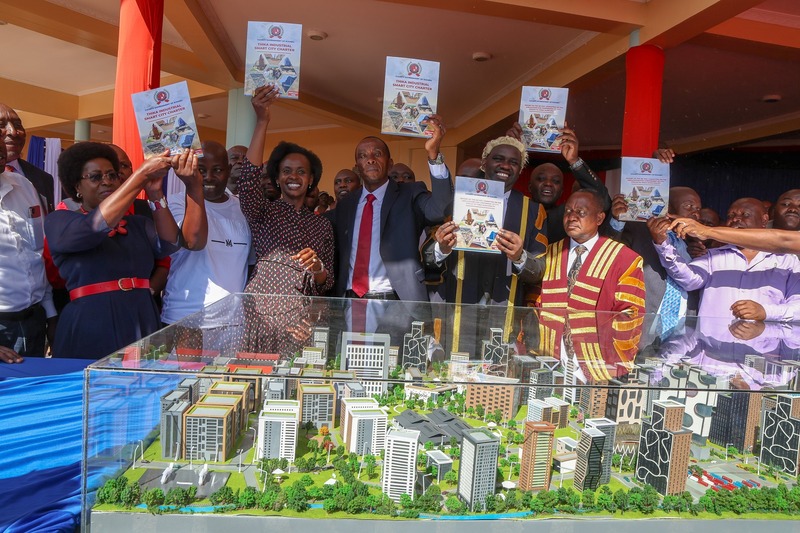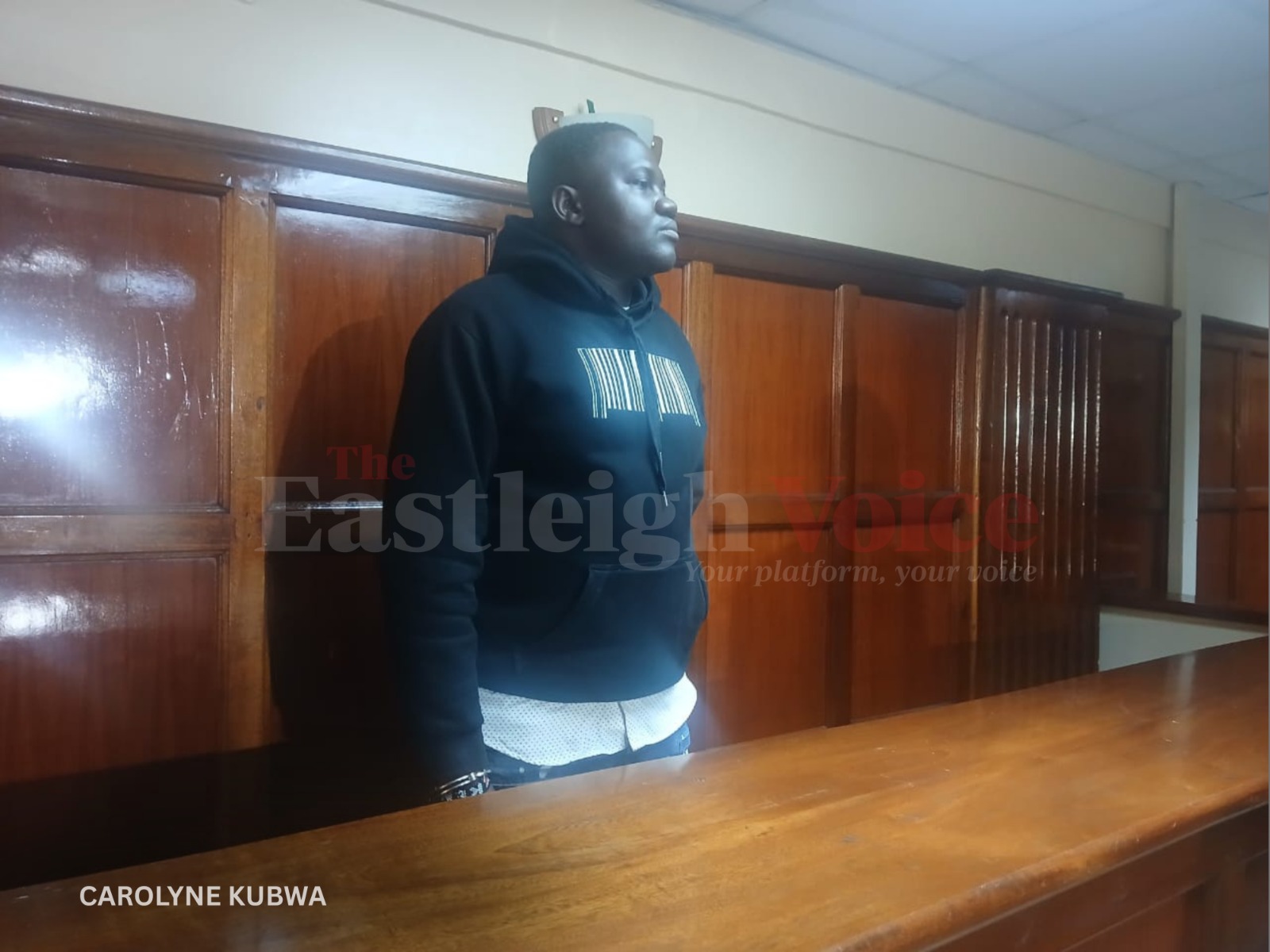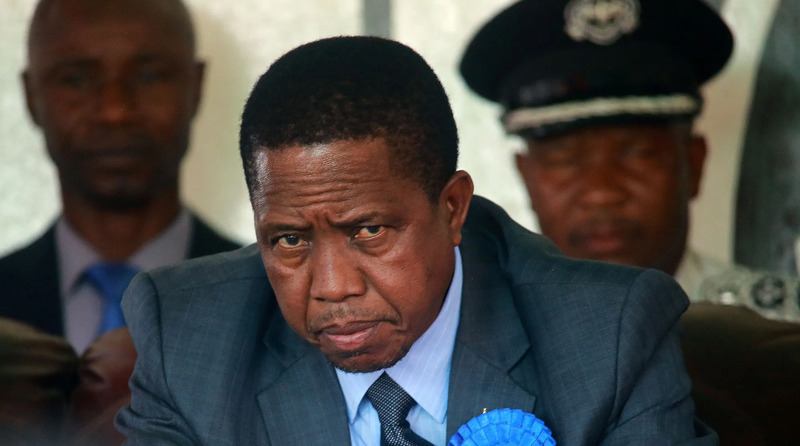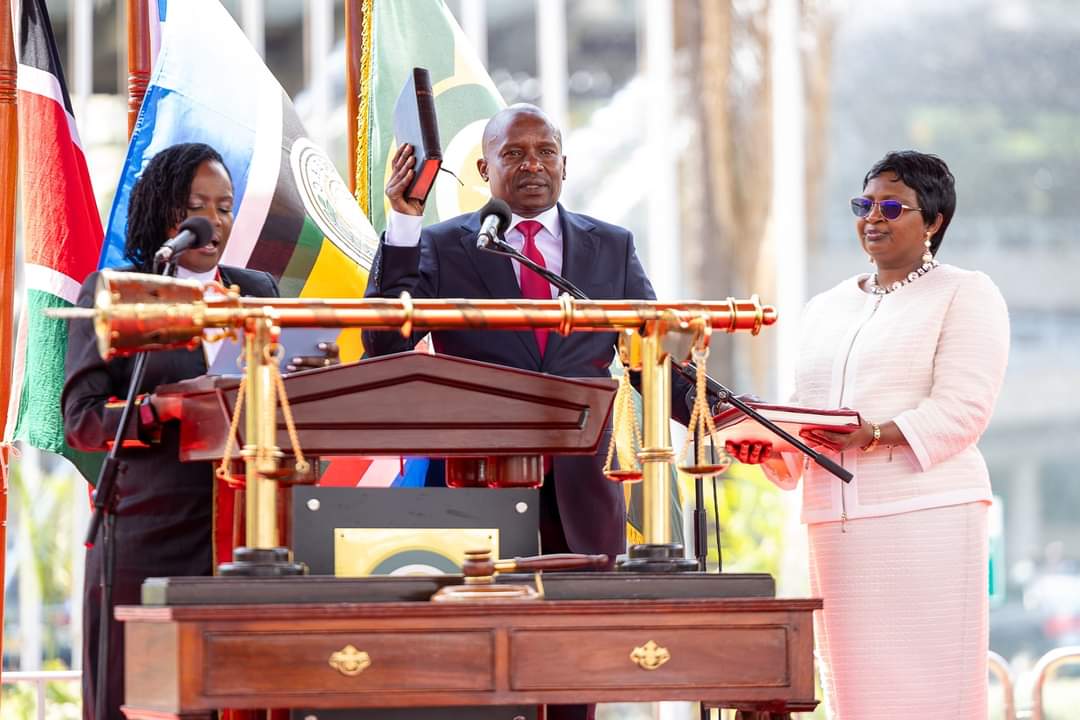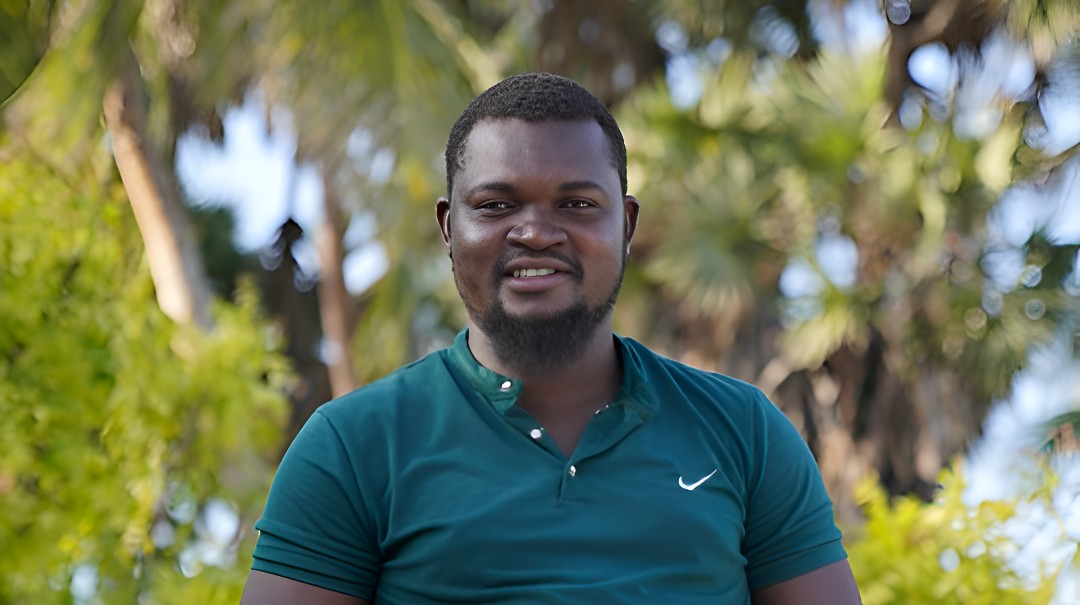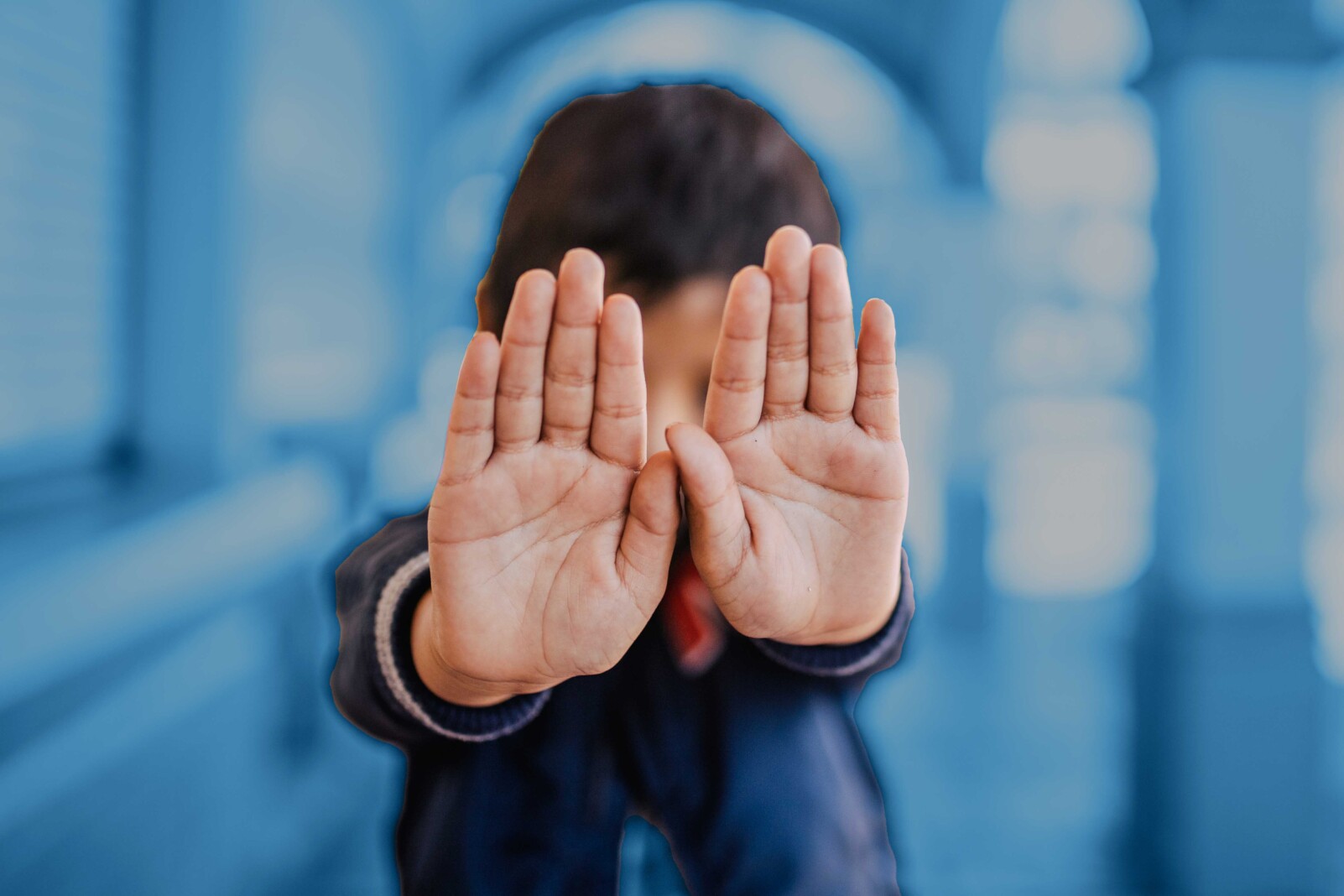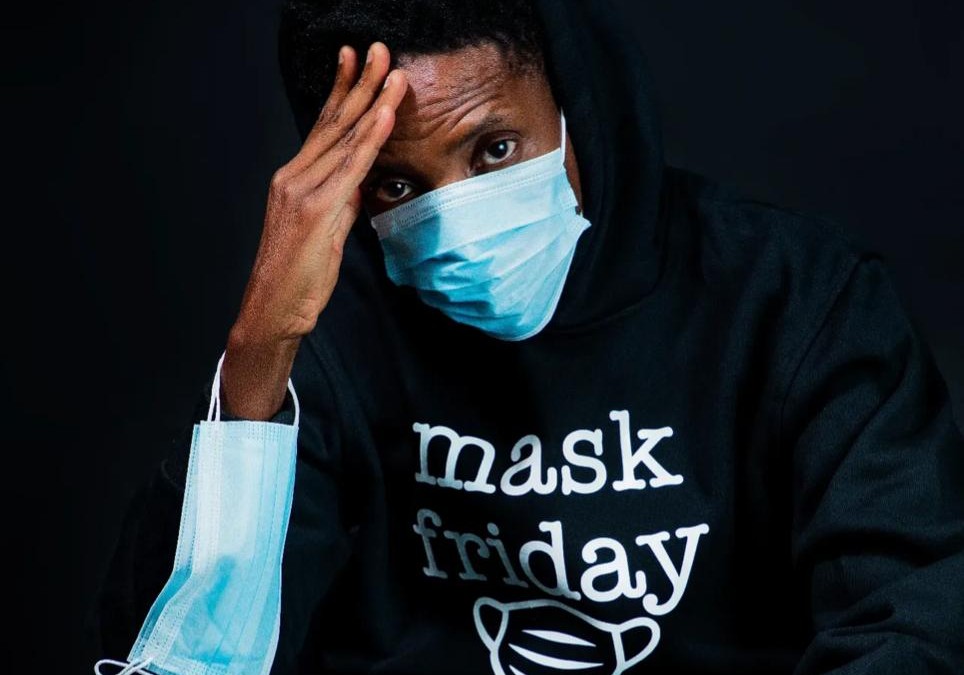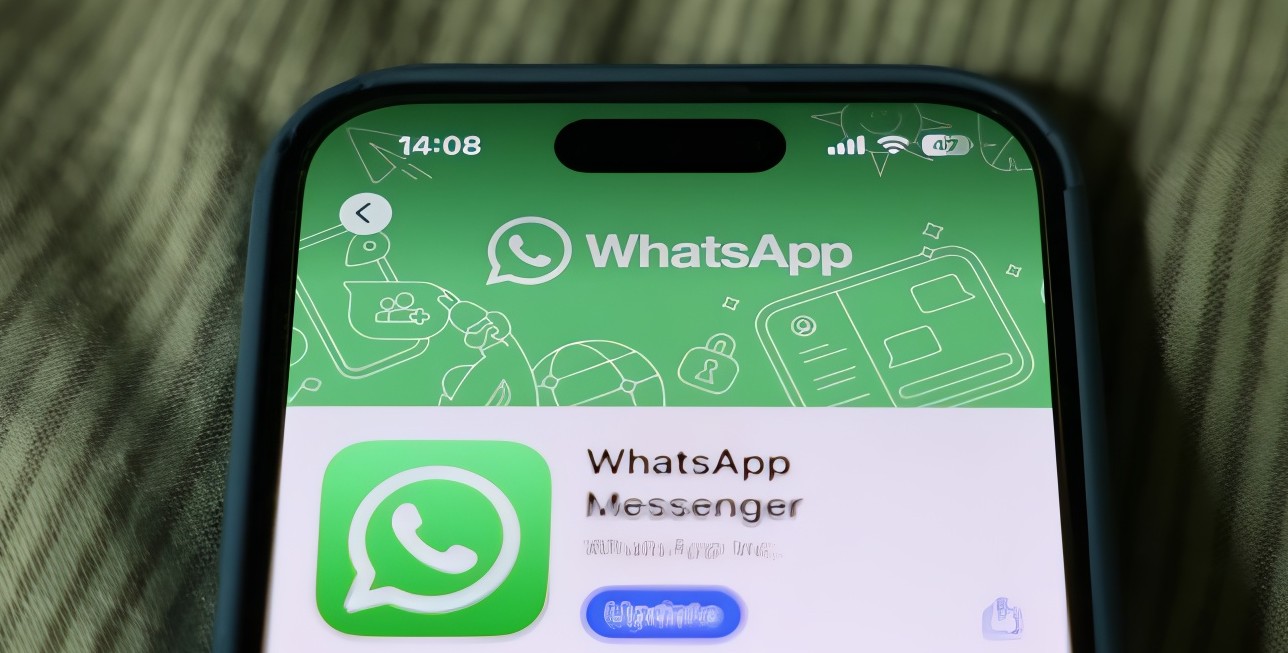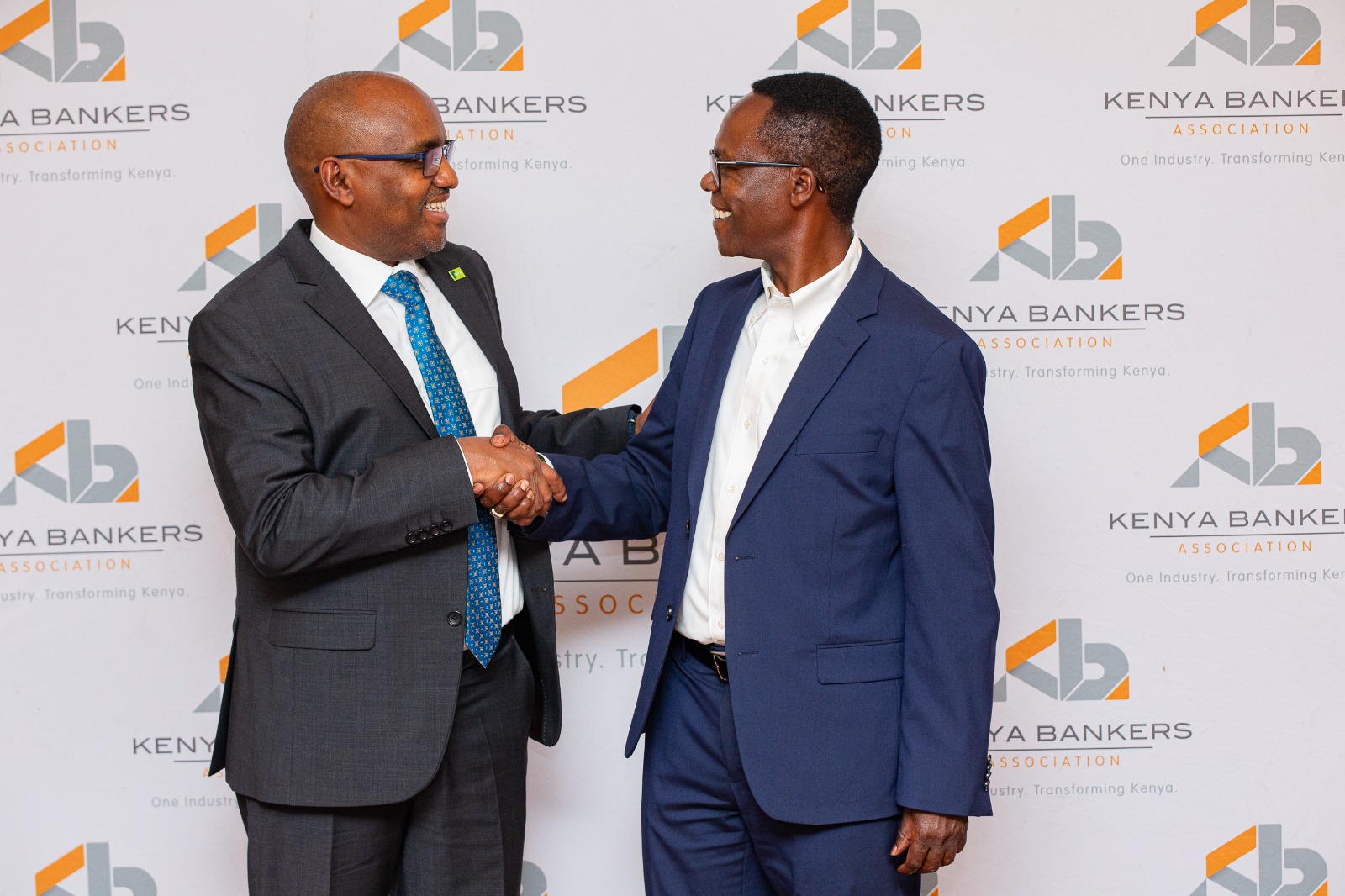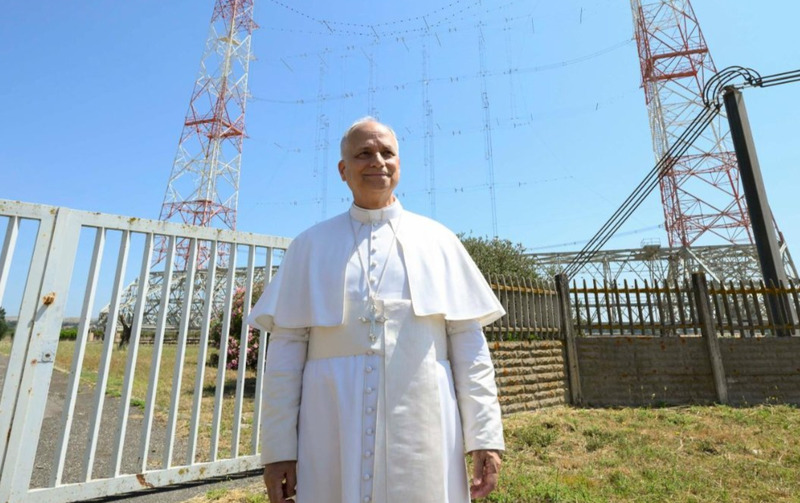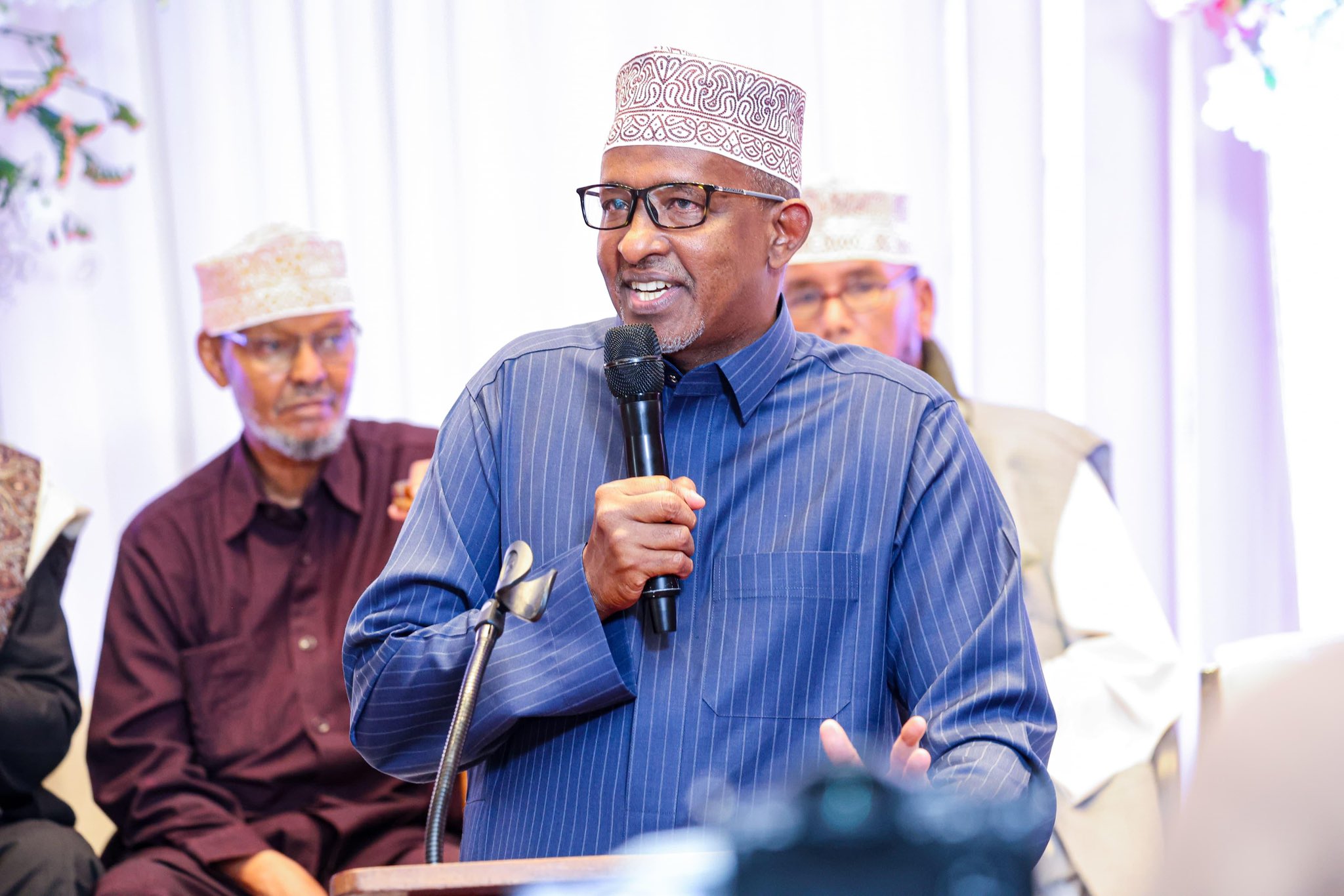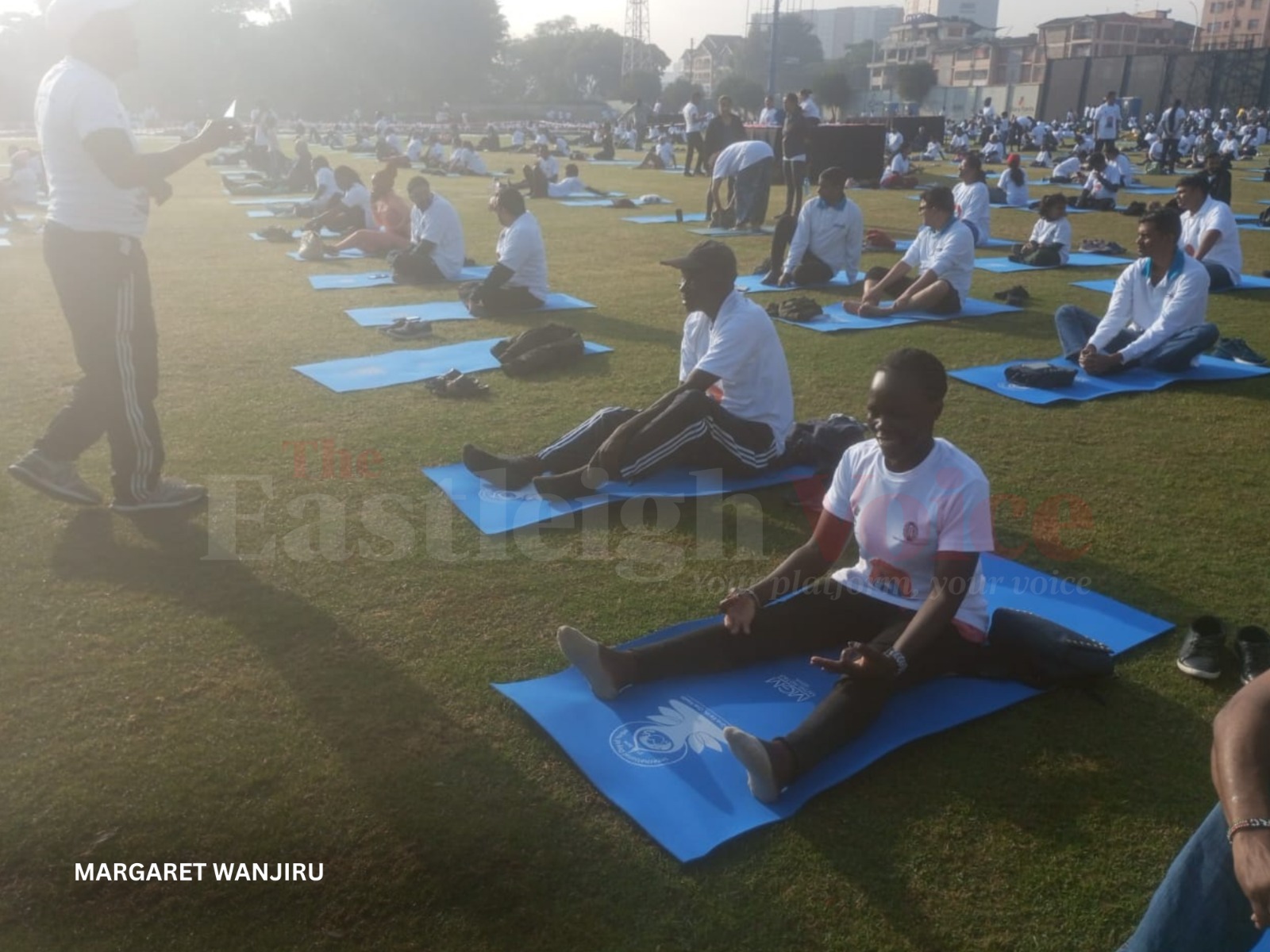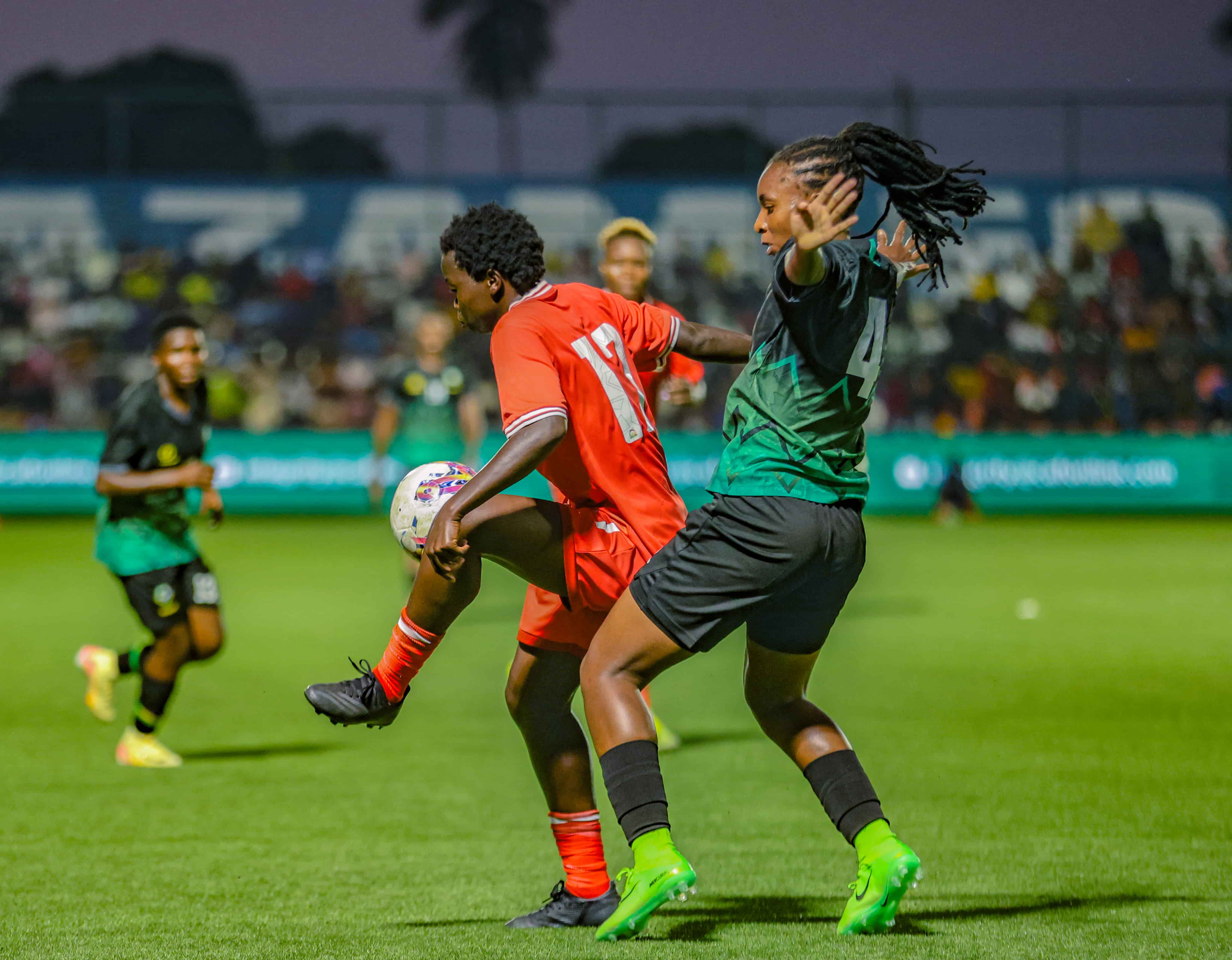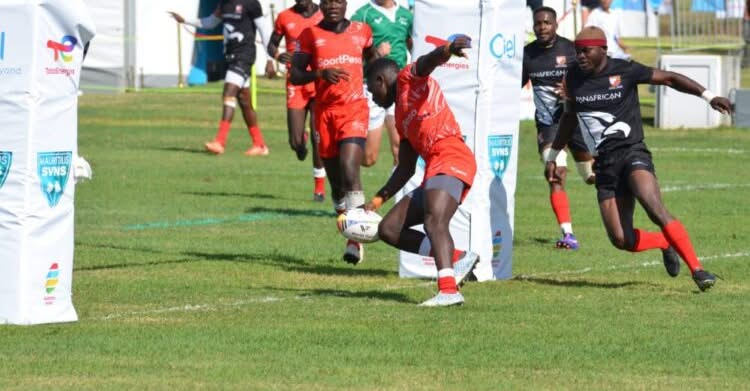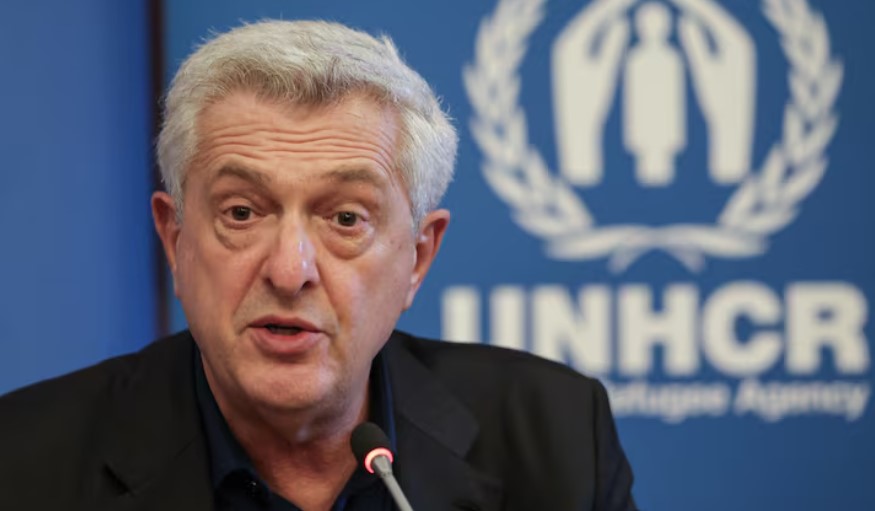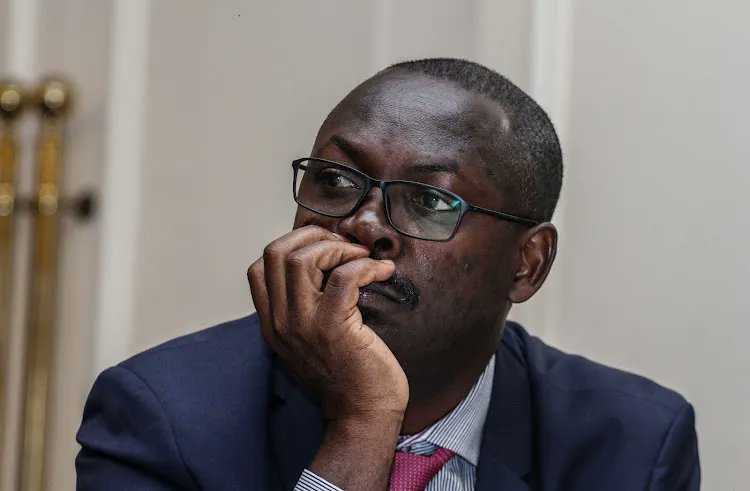Opinion: State-sponsored violence? Police look the other way as goons attack Nairobi protesters
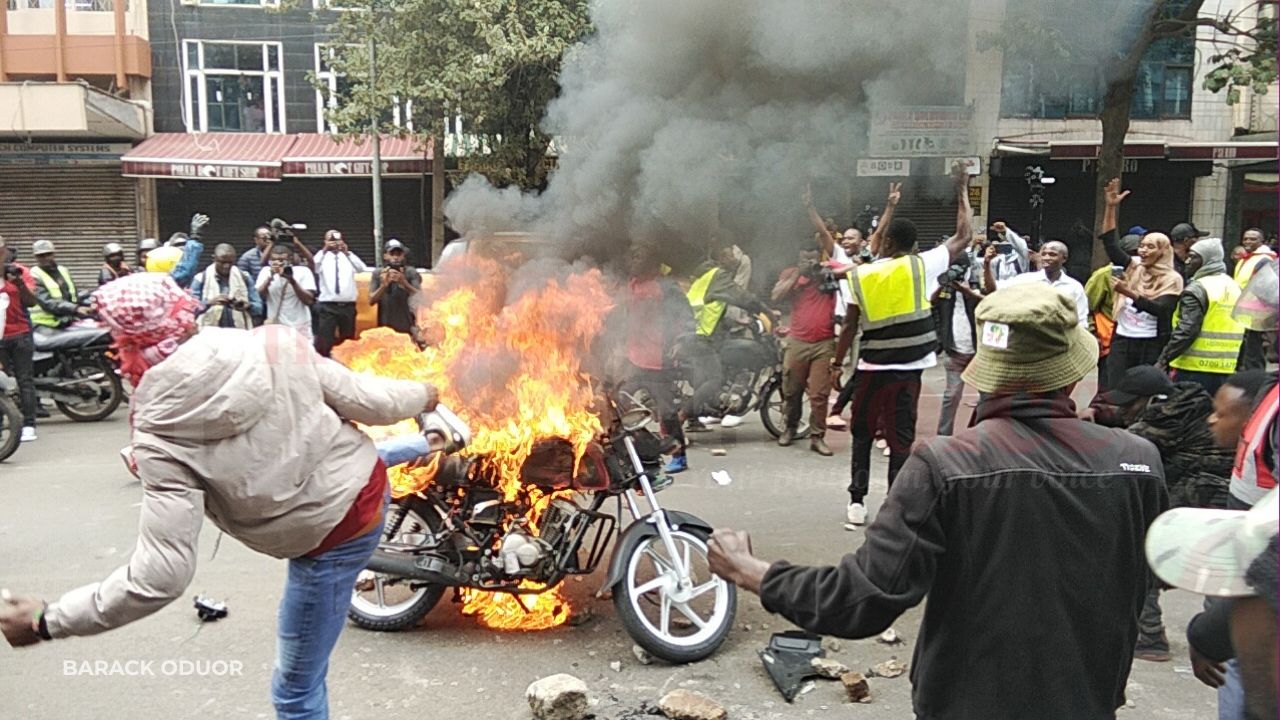
This wasn’t a clash between police and protesters. It was a one-sided war, with civilians caught between the state’s tear gas and the thugs’ clubs.
A peaceful protest turned violent. Not by rogue demonstrators, but by a worrying collaboration between armed gangs and law enforcement officers – two forces seemingly united by a common goal: to silence calls for justice.
The recent protests in Nairobi were sparked by the chilling death of 31-year-old teacher and blogger Albert Ojwang. Arrested in Homa Bay on June 6 over alleged defamation of Deputy Inspector-General of Police Eliud Lagat, Ojwang was transferred to Nairobi’s Central Police Station. Two days later, he was dead.
More To Read
- Father of injured protester Boniface Kariuki scammed Sh200,000 while facing Sh1 million hospital bill
- Constable James Mukhwana remanded for 21 days pending investigations into Albert Ojwang's murder
- "Wear Masks for Justice": Comedian Eric Omondi rallies Kenyans to show solidarity for shot hawker Boniface Kariuki
- Charles Owino defends police, slams politicians over protest chaos
- Officers accused of shooting hawker during Nairobi protests arraigned
- IPOA official summoned to court over alleged extortion using OCS Taalam's phone
In their initial communication, the National Police Service (NPS) claimed Ojwang had died by suicide, stating he "sustained head injuries after hitting his head against a cell wall". But the truth quickly came to light.
A post-mortem conducted by state pathologist Dr Bernard Midia revealed a different story: blunt force trauma, neck compression, and other bodily injuries were clear signs of assault.
Following national outrage, including calls for accountability from high-profile figures like former Chief Justice David Maraga, DIG Eliud Lagat stepped aside to allow investigations. His name remains central to a case that has exposed deep cracks in police integrity.
On Tuesday, Kenyans returned to the streets demanding justice not only for Ojwang but for countless victims of extrajudicial killings. But this time, something was different.
Goons on the streets, police look away
Ahead of the protest, masked men wielding clubs and knives were seen streaming into the Nairobi CBD. As demonstrators gathered, they were met not only by tear gas but also by these armed thugs beating, robbing, and attacking civilians while police officers either stood by or actively shielded them.
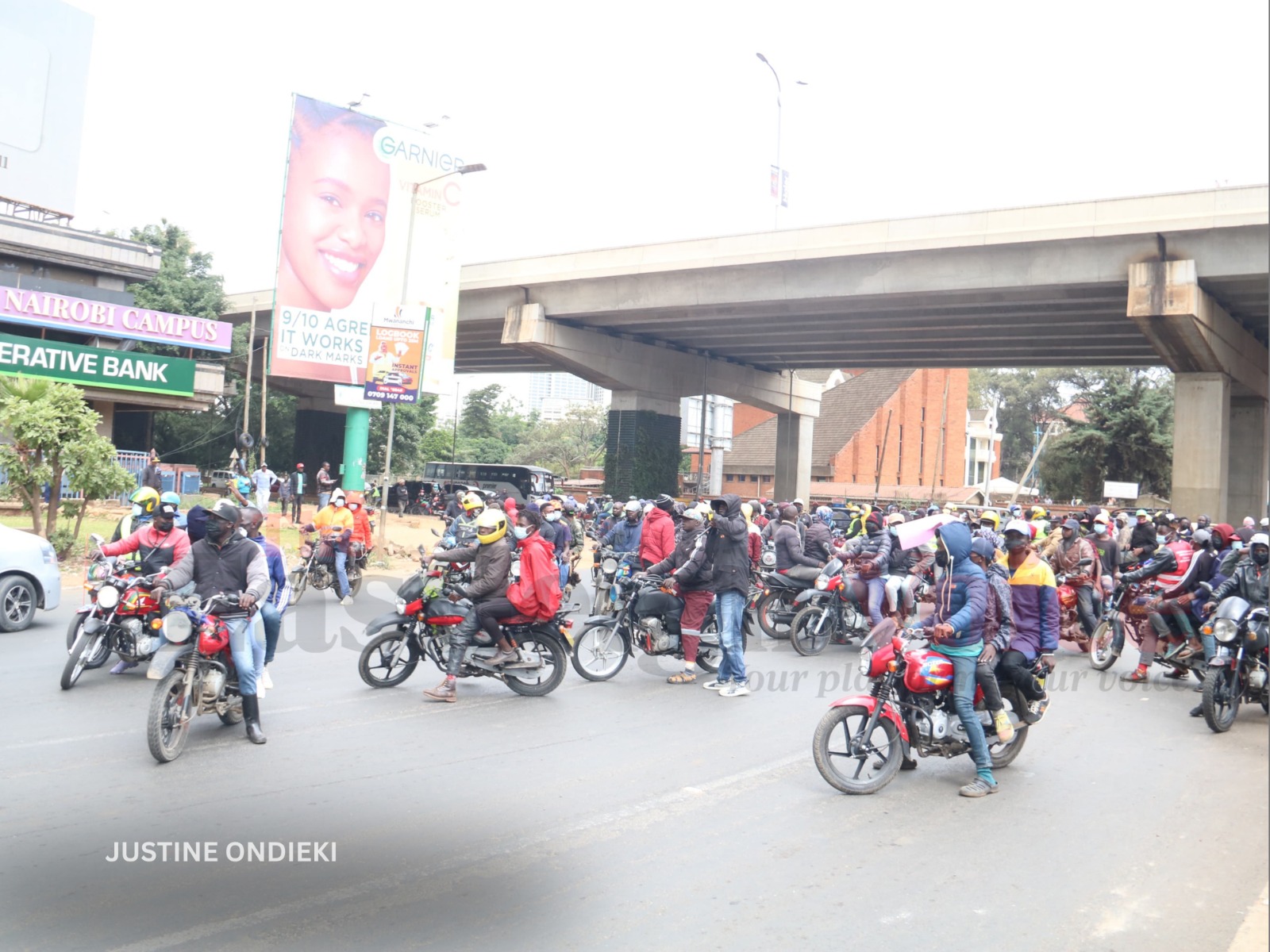 Alleged goons riding on motorcycle disperse the demonstrators along University Way. (Justine Ondieki)
Alleged goons riding on motorcycle disperse the demonstrators along University Way. (Justine Ondieki)
One shocking incident on Koinange Street saw a suspected goon beaten by bodaboda riders, only to be rescued by a man claiming he was “one of them” and hurriedly loaded into a police lorry. The vehicle sped off, protecting the attacker, not the public.
On Moi Avenue, the chaos escalated further as the goons targeted shops, breaking into an electronics store and terrorising business owners in full view of law enforcement.
Police statement raises more questions
Despite overwhelming visual evidence and eyewitness accounts, the police spokesperson Muchiri Nyaga in a statement downplayed the collaboration.
“NPS has noted a group of goons armed with crude weapons in Tuesday's protests within the CBD. The service takes great exception and does not condone such unlawful groupings.”
He added that investigations had commenced. But for many Kenyans, the damage is already done and trust is once again eroded.
And in perhaps the most chilling footage of the day, a police officer was captured shooting a mask vendor at point-blank range. The man was unarmed. The officer pulled the trigger without hesitation in broad daylight.
This wasn’t a clash between police and protesters. It was a one-sided war, with civilians caught between the state’s tear gas and the thugs’ clubs.
The NPS can no longer hide behind press statements and public relations. The presence of goons acting in concert with police raises grave concerns about state-sanctioned violence. When law enforcement enlists the help of criminals to suppress public dissent, we have crossed a dangerous threshold.
This is no longer just about Albert Ojwang. It is about the future of protest, accountability, and the right to speak truth to power without fear of execution.
Top Stories Today

